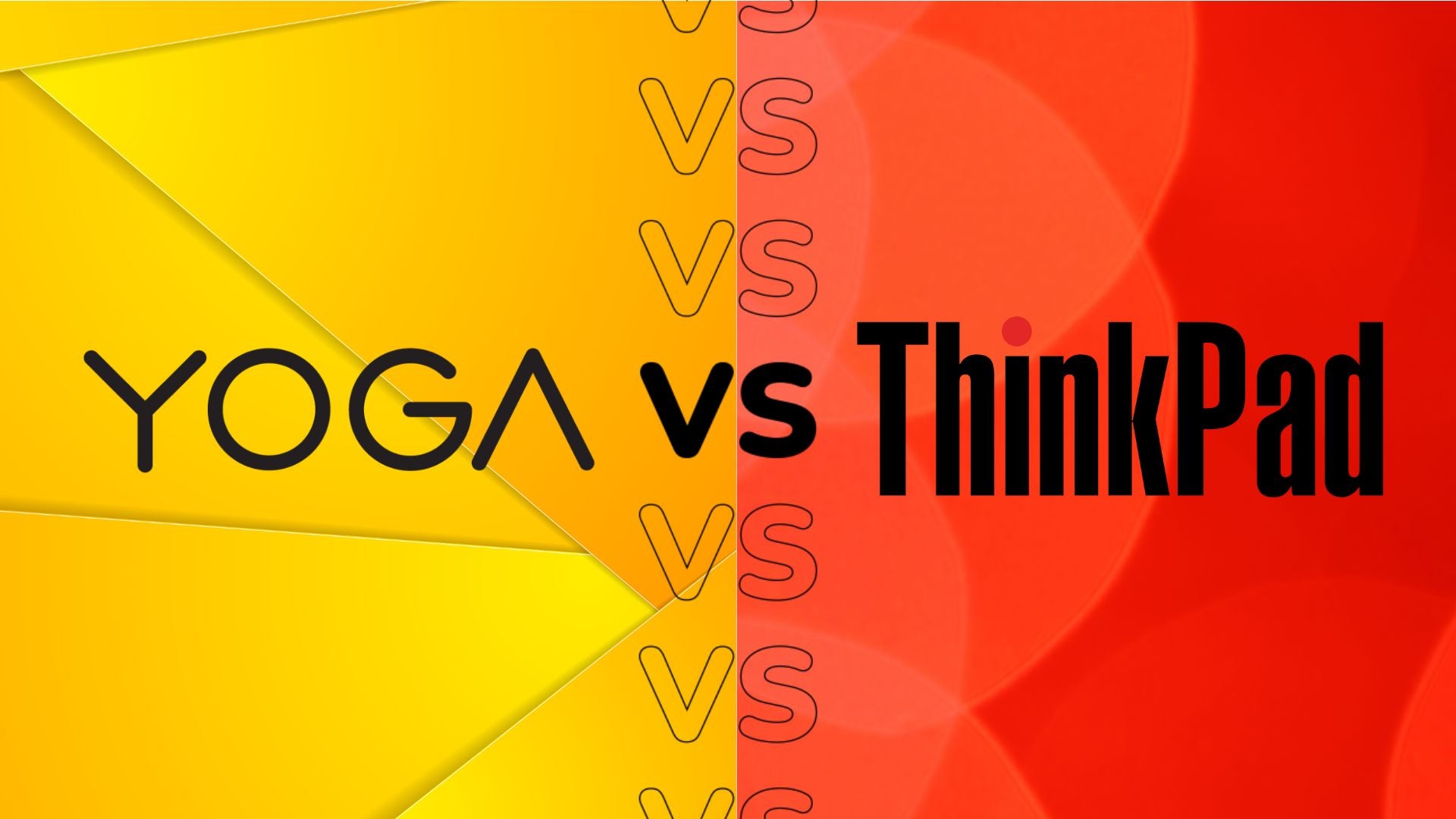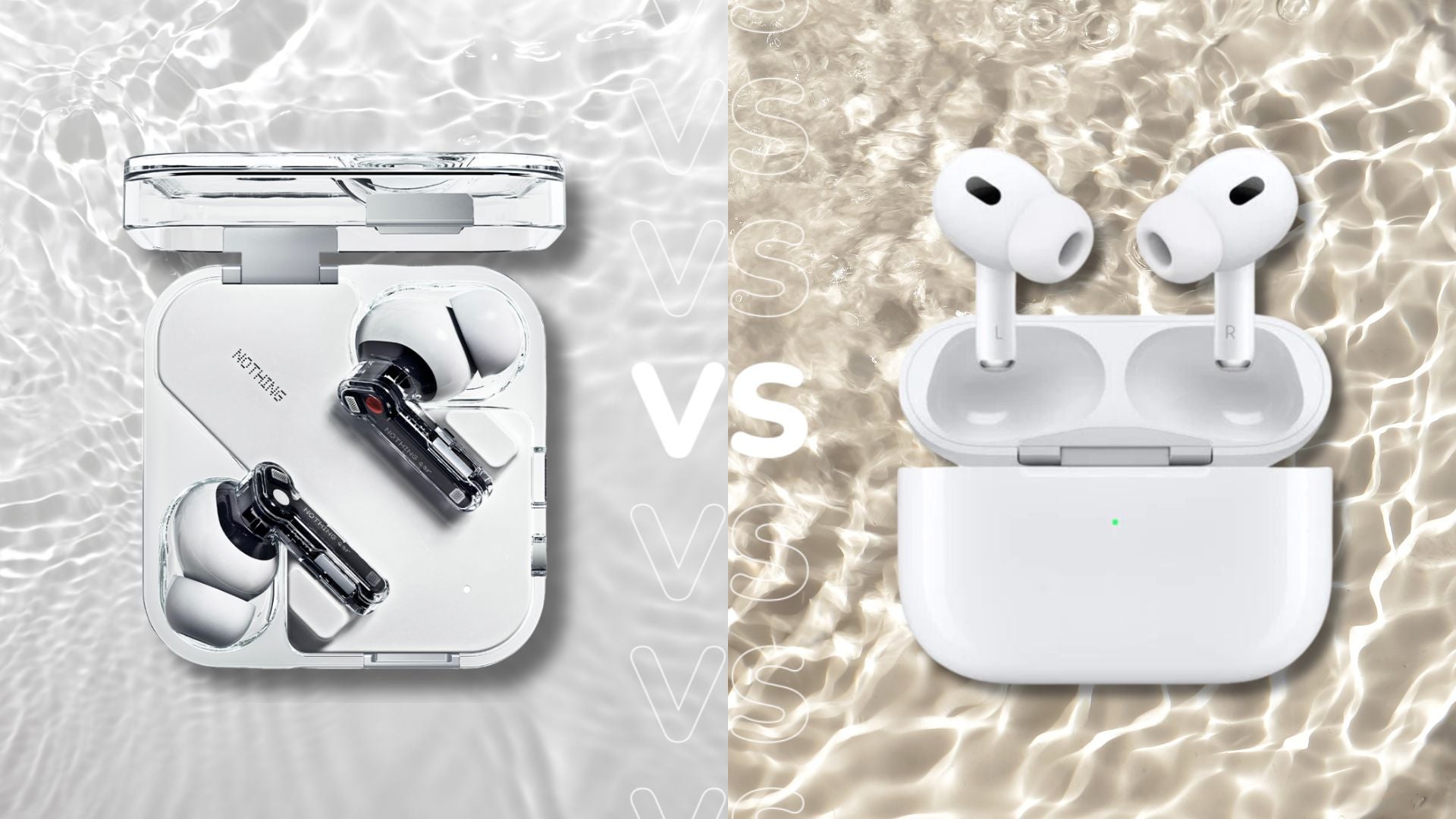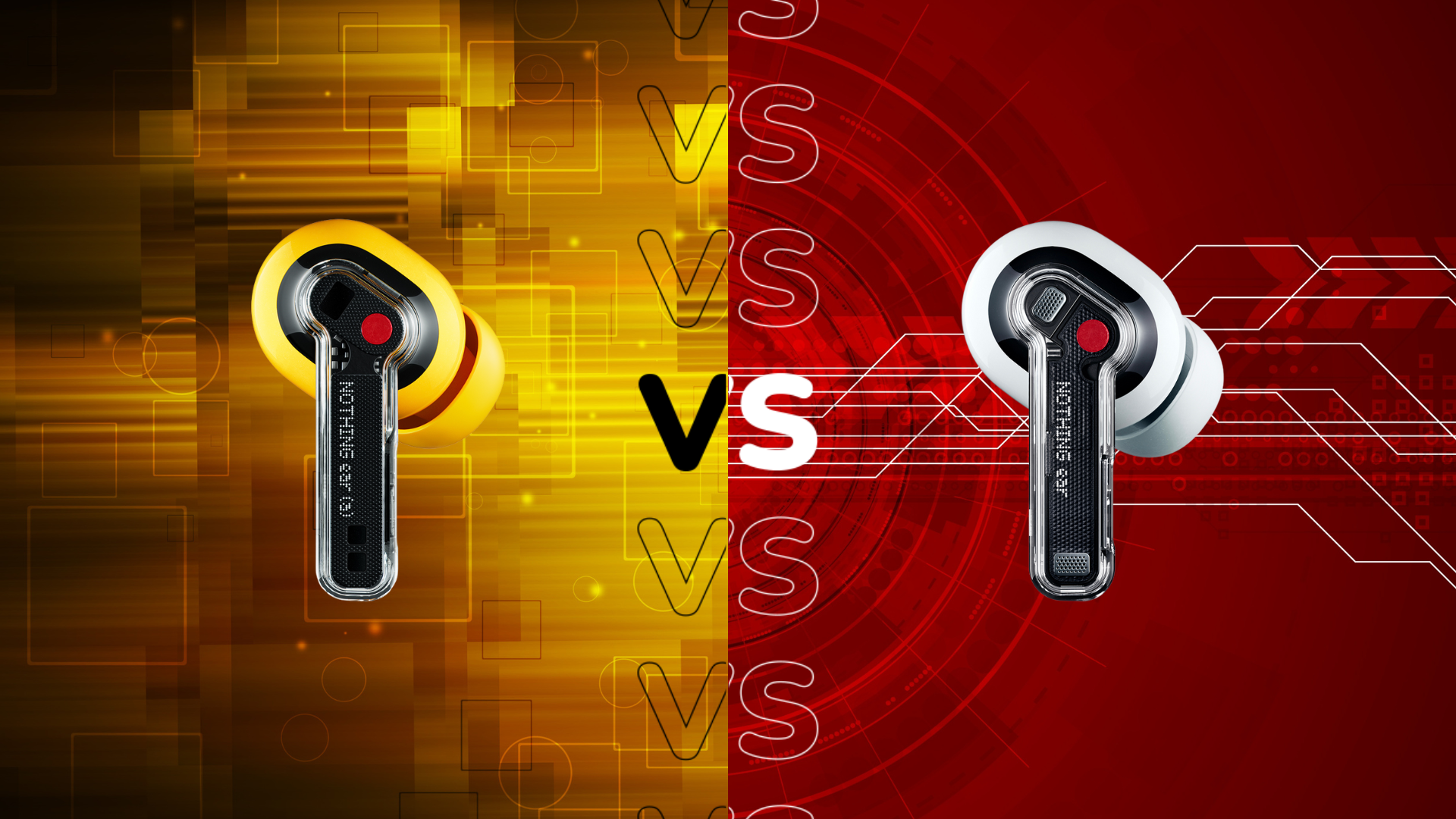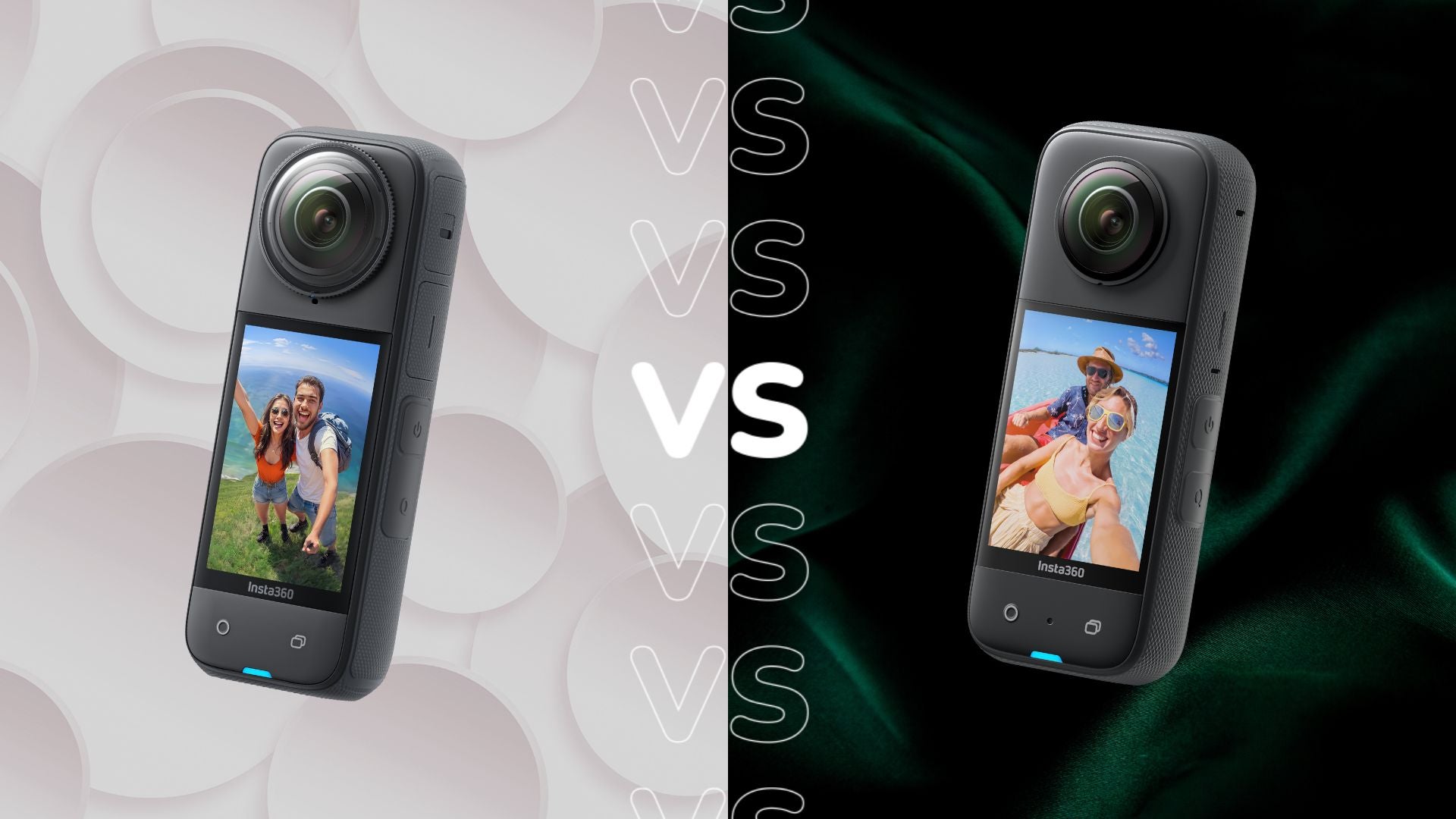Surface Laptop Studio vs Dell XPS 13: Which is better?
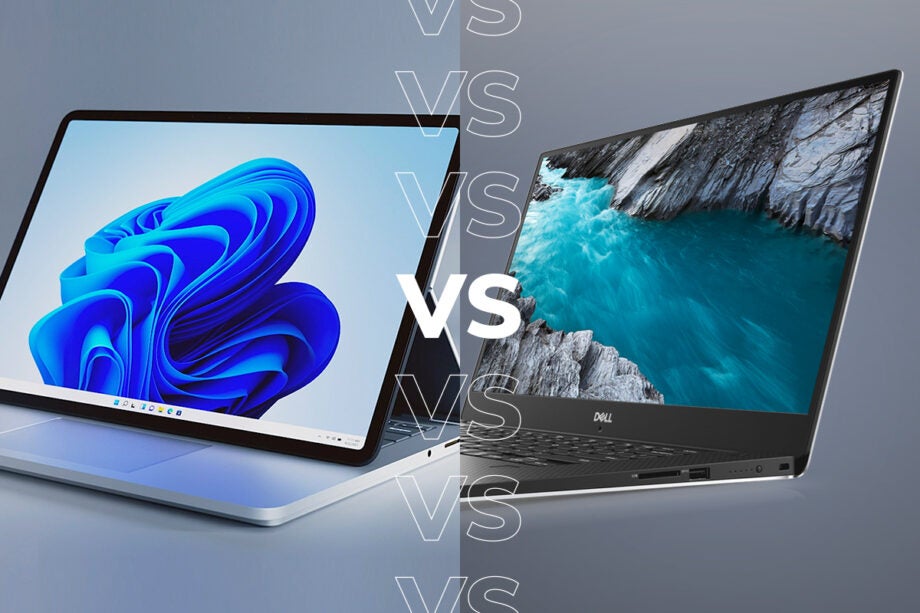
The Surface Laptop Studio looks set to become Microsoft’s most powerful laptop, replacing the well-loved Surface Book 3.
But how does it compare to the Dell XPS 13? We’re yet to review the Surface Laptop Studio, so can’t come to any final verdict, but we’ve compared all the specs and features to help you find out which is the best option for you.
Read on to find out a the major differences between these two laptops.
A hinged display
The new Surface Laptop Studio won’t have a detachable screen like the Surface Book 3, but instead will use a hinge to allow users to tilt the screen or bring it forward over the keyboard.
This also gives the Laptop Studio three distinct modes: Laptop Mode, Stage Mode and Studio Mode, all of which gives users the ability to alter the 14.4-inch screen to better fit your needs and how you’re using the laptop.
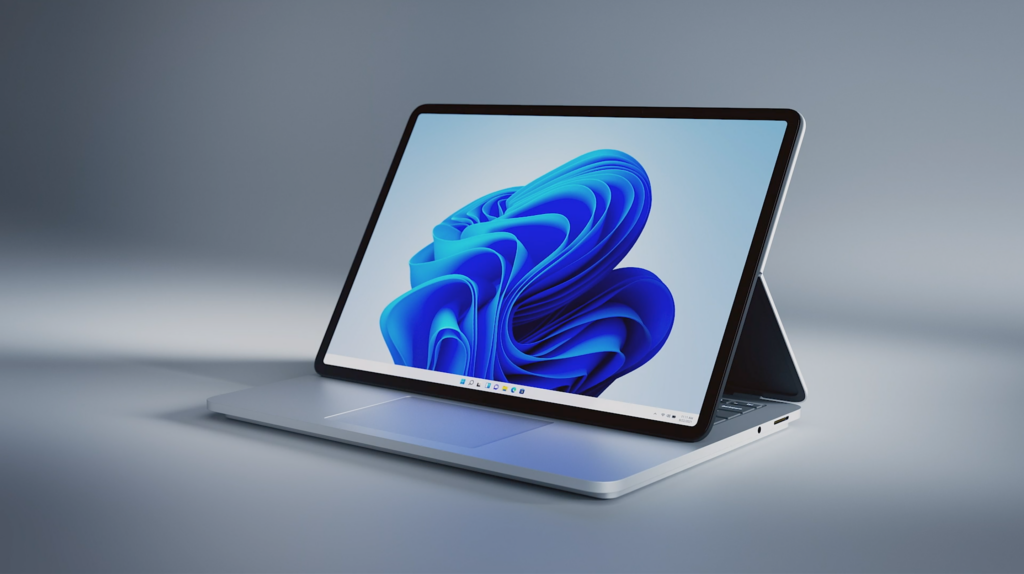
Meanwhile, the Dell XPS 13 does not have a hinged display and follows the more traditional laptop design. The 13.4-inch screen includes a 16:10 aspect ratio and has 4K and full HD models, but it can’t be removed or folded back – unless you buy the Dell XPS 13 2-in-1.
However, as a plus point for the Dell XPS 13, it has the option of an OLED display, which Microsoft doesn’t currently offer. This means the Dell has a far superior picture quality than the the Surface Laptop Studio if you max out both configurations.
Windows 11 included
The Surface Laptop Studio also will come with Windows 11 preinstalled, which is no surprise considering it’s a Microsoft laptop.
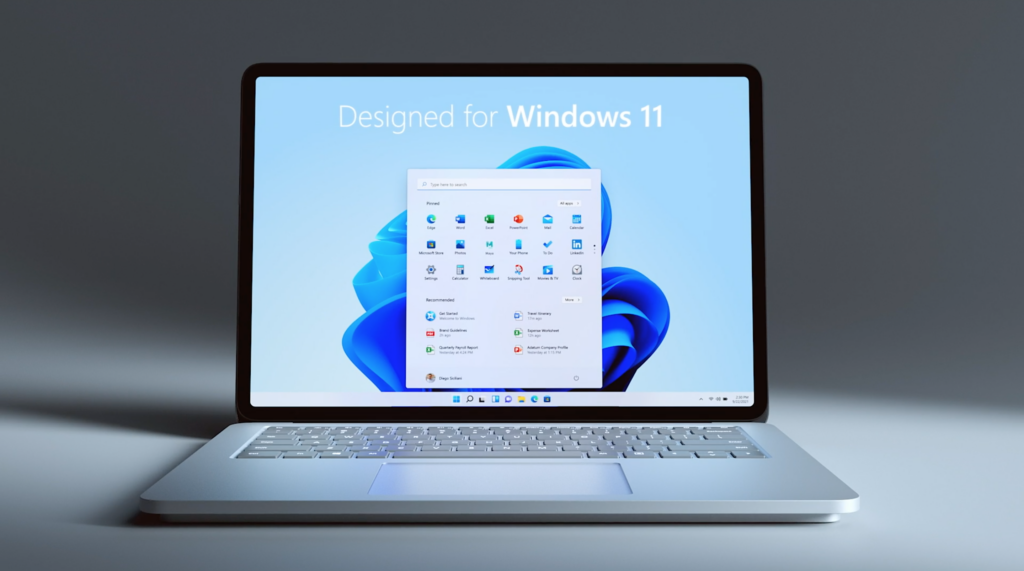
The Dell XPS 13 runs on Windows 10 as it launched before Microsoft’s upcoming operating system. However, you will be able to upgrade to Windows 11 on the XPS 13, while Dell is likely to start shipping the new OS on its flagship laptop very soon.
A higher refresh rate
The Laptop Studio boasts a 120Hz refresh rate, which is double what Dell has to offer, as the XPS 13 sits at the standard 60Hz.
A higher refresh rate means that scrolling through applications and webpages should look and feel much smoother, and it makes it a decent contender if you’re wanting to play some games on your laptop, provided they’re not too demanding.
A more powerful laptop
Furthering the case for the Laptop Studio, Microsoft’s latest device comes with an 11th Generation H-Series Intel processor, which is designed to handle high-end workloads.
The Dell XPS 13 also has an 11th Generation Intel Core processor, but it’s from the U-Series range instead which isn’t quite as powerful. This does enable the Dell to be an ultra-portable laptop though, weighing just 1.2kg compared to the 1.7kg Surface Laptop Studio.
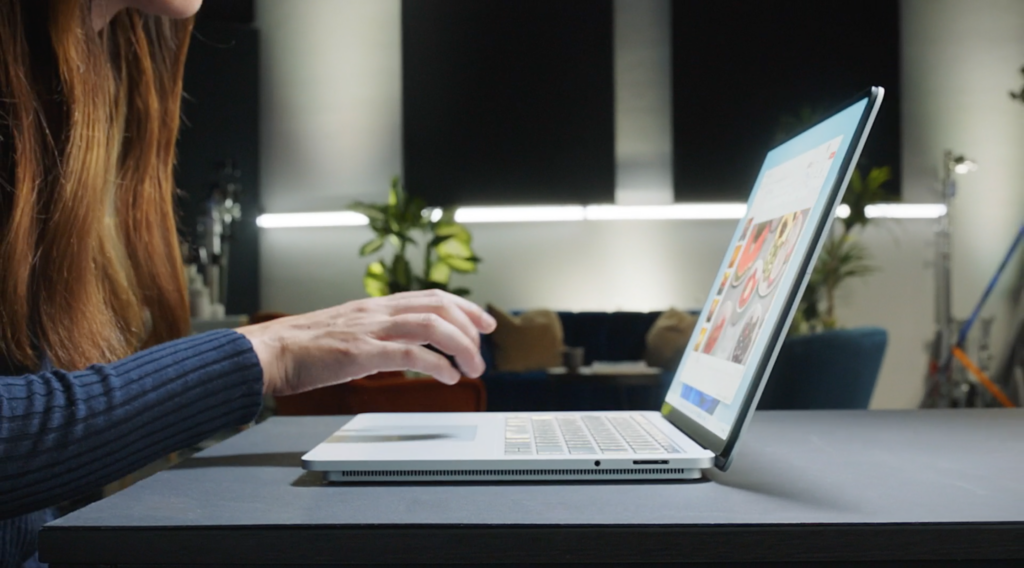
The Surface Studio also uses a Nvidia RTX 3050 Ti GPU, which is substantially more powerful than the Intel Xe integrated graphics found with the Dell. If you need a laptop for high graphics workloads, then Microsoft’s option if the better option.
The Dell is a lot cheaper
The Surface Laptop Studio has an impressive design and it’s clearly more powerful than the Dell XPS 13, but it also comes with an extravegent price.
The Surface Laptop Studio will have a starting price of $1599.99, while the Dell XPS 13 can be bought for as little as £849. This effectively shows that the two laptops are for very different markets.
If you fancy a high-powered laptop with a design that caters to creators, then the Surface Laptop Studio is worth considering. But if you just want a conventional laptop that can blast through productivity apps and run all of your favourite entertainment apps, then the Dell XPS 13 is the better option.
For more details on the new Surface Laptop Studio, keep your eyes peeled for our upcoming review on the Trusted Reviews site.


